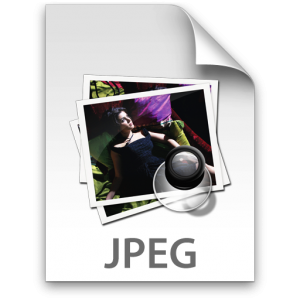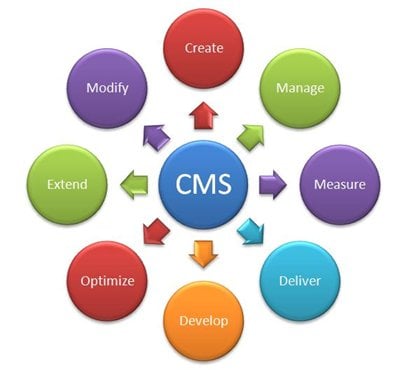It’s not too often that a Sunday afternoon at the movie theater results in a business epiphany. But that’s exactly what happened to me at a recent viewing of Brad Pitt’s latest blockbuster, “Moneyball”. “Moneyball” is a dramatization of Michael Lewis’ 2003 best-selling book of the same name, which presented an inside look at the inner-workings of the Oakland Athletics font-office operations and the team’s General Manager, Billy Beane. The A’s, despite being one of the most cash-strapped organizations in the Major Leagues, were one the winningest teams in baseball in the early 2000s.
In his book, Lewis detailed the unconventional methods by which Beane assembled his rosters in those years. While other teams focused on more qualitative methods of player evaluation (“the ball really pops of his bat”, “he’s got a good ballplayer’s body”) and filled their front offices with scouts and ex-ballplayers, Beane surrounded himself with statisticians and economists. Beane and his cohorts sought to exploit market inefficiencies in player evaluation through advanced statistical analysis to find and sign undervalued players in order to allow themselves to be competitive within their (relatively) severe budgetary constraints. In 2002, the A’s supplemented their core of MVP shortstop Miguel Tejada, third-baseman Eric Chavez, and the terrific “Big 3” starting rotation of Tim Hudson, Mark Mulder, and Cy Young Award winner Barry Zito, with a brand of low-risk baseball that placed high-value on performance metrics such as on-base percentage and slugging percentage. That year, the A’s amateur draft strategy also reflected a similar philosophy and focused primarily on statistical analysis and undervalued college-level players. Beane’s strategy worked wonders; the A’s won 103 games (costing an average of $388,349 per win, whereas the New York Yankees would pay more than $1.2 million for each of their 103 wins that season) and enjoyed another trip to the post-season.







